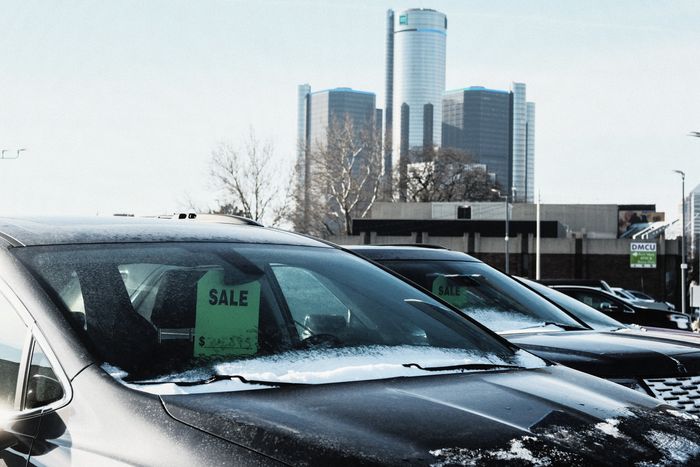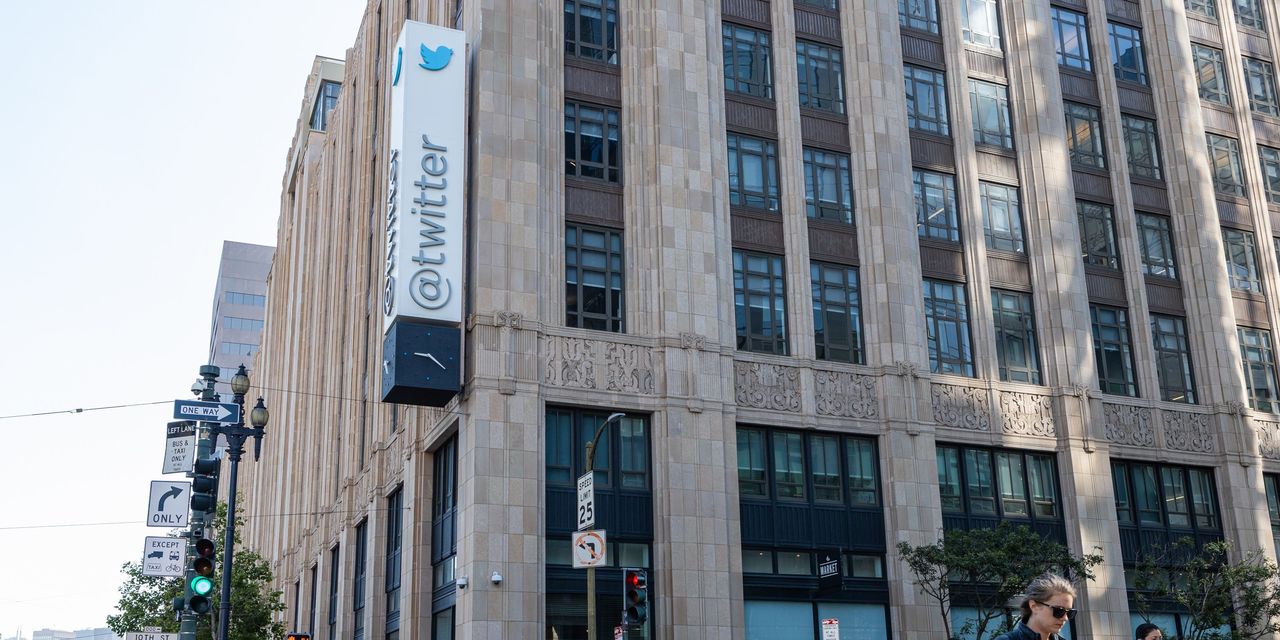There’s a saying on Wall Street that the stock market is also a market of stocks: an aggregation of many components often moving to their own beat.
Similarly, the consumer-price index is also an index of prices. Inflation is both the result of total spending running ahead of the economy’s capacity to supply goods and services (macroeconomics), and idiosyncratic behavior in one industry or another (microeconomics).
Whether inflation reached 7% in December, the highest since 1982, mostly because of macroeconomics or microeconomics might be today’s most pressing economic question. Lately some Democrats have leaned hard into the microeconomic explanation, while adding a moralistic overlay.
“Market concentration has allowed giant corporations to hide behind claims of increased costs to fatten their profit margins,” Sen. Elizabeth Warren of Massachusetts said Tuesday at a hearing on Jerome Powell’s nomination to a second term as Federal Reserve chairman. President Biden last week blamed consolidation in the meatpacking industry for why meat prices have risen so much. “These companies can use their position as middlemen to overcharge grocery stores and, ultimately, families,” he said, announcing initiatives to boost independent meat processing.
White House officials don’t claim, as some critics suggest, that businesses suddenly got more greedy or concentrated in the last two years. Rather, they argue that because of the widely documented, decadeslong trend toward consolidation, companies could raise prices more when the pandemic came along, disrupting supply.
In textbook models, prices and profits are higher in monopolistic than competitive industries. They are less clear on whether prices rise faster in such conditions, and thus contribute to inflation. In theory, it is possible, according to economists Steven Salop of Georgetown University and Fiona Scott Morton of Yale University. “If scale economies lead to mergers and associated plant or logistical consolidation for each firm, then the risk of disruption—e.g., epidemic, earthquake, or nuclear power plant meltdown—will lead to a larger cost and price impact than if there were more diversity,” they wrote in a 2020 paper.
A White House official said pandemic-related demand has gone up for beef, poultry and eggs, but prices have risen more for beef and poultry than eggs because “eggs are a much less concentrated sector.” He said a cyberattack last year on meatpacker JBS SA that took a significant share of the country’s meat supply offline is “proof of the danger of concentration.” (The North American Meat Institute says meat and poultry processors are facing the same pressures as the rest of the economy: increased energy costs, labor shortages and transportation challenges.)

Pre-owned vehicles for sale at a dealership in Detroit on Tuesday.
Photo: Matthew Hatcher/Bloomberg News
White House officials say they are making a limited case about concentration’s contribution to inflation. They don’t, for example, blame higher car prices on a lack of competition. They don’t endorse calls by some on the left for price controls. They have respected the Federal Reserve’s independence.
But nor do they buy the argument that inflation has risen mostly because of excessive demand, fueled in part by Mr. Biden’s $1.9 trillion American Rescue Plan, and thus can only be solved by tamping down demand with tighter monetary or fiscal policy.
“If car prices are too high right now, there are two solutions: You increase the supply of cars by making more of them, or you reduce demand for cars by making Americans poorer,” Mr. Biden said last week. “There’s a lot of people in the second camp… I reject it.”
Thus, administration officials say they are addressing the macroeconomics of inflation, from the supply rather than demand side: tackling bottlenecks at ports, increasing the number of truckers, and asking Congress to enable more parents to work by providing affordable child care and preschool. His longstanding demand for tougher competition enforcement complements the fight against inflation, administration officials say. “You have middle-class families facing real pressure,” said Jared Bernstein, a member of Mr. Biden’s Council of Economic Advisers. “The president says here’s our toolbox. Let’s use everything in it and more to help these families.”
The White House’s push to address prices with more supply and competition makes sense economically. As an anti-inflation strategy, though, it is probably not up to the task. Many of these initiatives are too small, and will take too long, to move the needle on inflation. Meaningfully boosting the supply of meatpackers and truckers could take years. The White House’s efforts have yet to reduce the backlog at West Coast ports.
More problematically, the focus on industry-level solutions is missing something important. Individual prices, like individual stocks, almost always reflect both idiosyncratic factors and broader forces. Even if supply-chain disruptions recede, there is ample evidence that other, broader forces are at work on inflation. The Federal Reserve Bank of Cleveland’s estimate of the median price increase in the CPI, designed to exclude any items with outsize moves, was 3.8% in December, the highest in 30 years.
SHARE YOUR THOUGHTS
What is more effective at combating inflation: higher interest rates or pro-competition policies by the White House? Join the conversation below.
Meanwhile, red-hot demand for workers and a labor pool shrunken by retirements and Covid-19 caused unemployment to plummet to 3.9% in December. The result: near-record vacancies and rapid wage gains that, while great for workers, might prevent inflation from falling back to the Fed’s 2% target.
In the late 1960s, President Lyndon Johnson treated inflation as a microeconomic problem, and resisted tighter monetary and fiscal policy. As consumers and companies adapted their wage- and price-setting behavior, higher inflation became entrenched. There are plenty of differences between now and then; but it wouldn’t hurt to keep the similarities in mind.
Write to Greg Ip at [email protected]
Copyright ©2022 Dow Jones & Company, Inc. All Rights Reserved. 87990cbe856818d5eddac44c7b1cdeb8








